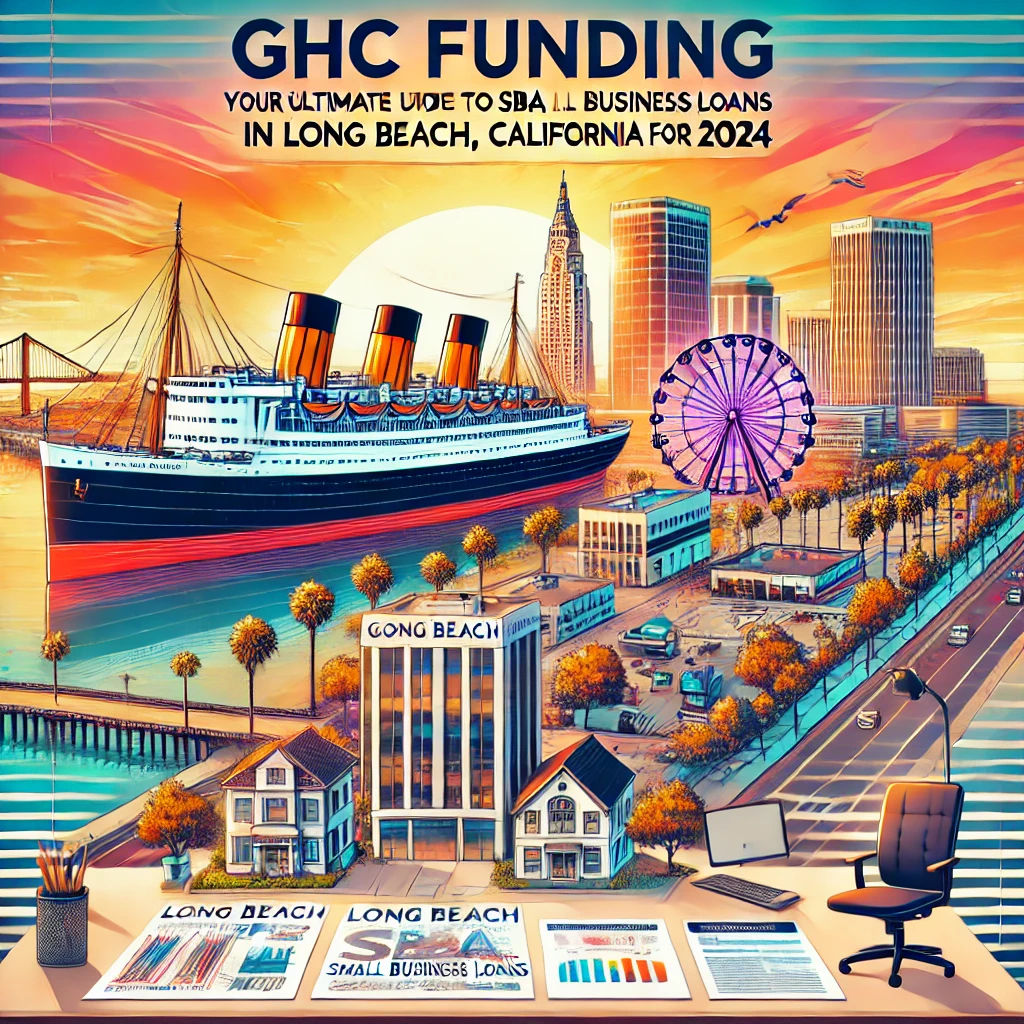Austin Inflation Budgeting & Real Estate Investment Guide 2025: City-Specific Strategies
Austin, Texas, has rapidly become one of the United States’ most dynamic urban economies, standing at the forefront of the nation’s ongoing economic changes, innovation, and real estate evolution. In the context of persistent, elevated inflation in 2025, Austinites and investors must employ tailored budgeting strategies and identify the most resilient, growth-oriented real estate opportunities to not only weather the storm but thrive in it. This comprehensive guide delineates local economic trends, budgeting essentials, and real estate investment best practices, all tailored to Austin’s unique market environment.
- Austin Inflation Budgeting & Real Estate Investment Guide 2025: City-Specific Strategies
- 1. 2025 Austin Economic & Inflation Trends
- 2. Budgeting for Inflation in Austin: Local Strategies
- 3. Austin Real Estate Market Overview
- 4. Best Real Estate Investment Strategies for Austin in High Inflation (2025)
- 5. Austin’s Property Tax Environment & Incentives
- 6. Emerging Districts & Upcoming Growth Corridors
- 7. Local Regulations, Zoning, & Future Developments
- 8. Austin 2025 Economic Projections & Growth Outlook
- 9. Practical Inflation-Hedging Examples Using Austin Real Estate
- 10. Austin Market Success Stories
- 11. Infrastructure, Growth, & Geographic Considerations
- 12. Conclusion: Succeeding in Austin’s Inflationary Real Estate Environment in 2025
1. 2025 Austin Economic & Inflation Trends
- Inflation Rate: After peaking above 7% in late 2022, core inflation in Austin’s metropolitan statistical area (MSA) has stabilized around 4.2% in the first half of 2025 – higher than the national average but notably lower than previous highs due to continued strong demand for housing and services.
- Population Growth: The Austin MSA surpassed 2.4 million residents in 2025, maintaining one of the highest population growth rates among major U.S. metros (approx. 2.5% annually), fueled by inbound migration of tech professionals, students, and entrepreneurs.
- Key Economic Drivers: Growth in technology, higher education, advanced manufacturing, medical research, the music sector, and startups continues to attract domestic and international talent.
- Local Employment: Unemployment remains low (3.2%), with median household incomes rising slightly ahead of inflation (2025 projected median: $94,400).
2. Budgeting for Inflation in Austin: Local Strategies
2.1 Understanding the Austin Cost-of-Living Components
- Housing: Austin’s median home price edged to $507,000 in Q2 2025 (up 3.8% year/year). Median 2-bedroom rental: $2,250/month (+6% year/year).
- Utilities: Monthly average (2,000 sq ft home) is $185 for power/water. City utility policies encourage solar and conservation.
- Transportation: Public transit (CapMetro) expansion is moderating transportation costs. Gas averages $3.65/gal, and vehicle ownership remains common but rideshares are popular downtown.
- Groceries/Food: Austin’s vibrant food scene adds variety, but inflation has pushed a typical household’s monthly supermarket spend to $635 (up 4% YoY).
- Property Taxes: Travis County (where most of Austin lies) has a 2025 average property tax rate of 1.81%, substantially affecting homeowner budgets.
2.2 Austin Inflation-Resistant Budgeting Tips
- Housing Flexibility: Consider living in emerging neighborhoods (e.g., East Riverside, North Loop) where rents and purchase prices are more stable but poised for appreciation.
- Energy Efficiency: Take advantage of City of Austin’s rebates for home energy upgrades and solar installation; these cut utility bills and insulate against future energy inflation.
- Transportation Choices: Leverage CapMetro’s expanded routes and light rail in 2025. Bike lanes and e-scooters offer further cost-effective commuting across core neighborhoods.
- Grocery Strategies: Shop at local farmer’s markets (Mueller, Barton Creek) for less inflation-impacted produce, and utilize membership clubs for bulk staples.
2.3 Example: An Austin Tech Worker’s 2025 Budget Adjustments
Jane, a software engineer living in the rapidly up-and-coming St. Johns area, reduced monthly costs by $350 by relocating from South Congress, installing home solar, and switching to mixed-mode transit commutes.

3. Austin Real Estate Market Overview
- 2025 Market Conditions: Austin remains a strong seller’s market for both rentals and homes. Inventory is up from pandemic lows, but absorption rates (especially for rental properties) remain robust due to continued job and population growth.
- Key Investment Theme: Urban rental properties are the standout focus for 2025, offering inflation-hedging benefits, strong demand, and favorable appreciation prospects in core and emerging neighborhoods.
- Neighborhood Hotspots: Zilker, East Austin, Windsor Park, Mueller, and tech corridor suburbs such as Round Rock and Pflugerville.
4. Best Real Estate Investment Strategies for Austin in High Inflation (2025)
4.1 Why Urban Rental Properties?
- Inflation Hedge: Rental revenue typically rises with local wage and price inflation, maintaining landlords’ purchasing power.
- Strong Tenant Pool: Tech companies, startups, and universities drive consistent demand for both affordable apartments and Class A rentals.
- Favorable Municipal Policies: The City of Austin continues to support multifamily development through expedited permitting and density bonuses in activity centers (e.g., Domain, South Shore).
4.2 Neighborhood-by-Neighborhood Investment Analysis
| Neighborhood | Median Rent (2BR, Q2 2025) | Key Investment Drivers | Rental Yield |
|---|---|---|---|
| East Riverside-Oltorf | $1,975 | New development; student & tech renters; proximity to downtown | 6.5% |
| Mueller | $2,550 | Master-planned community; high walkability; top schools | 5.2% |
| Zilker | $2,900 | Desirable for young professionals; parks & nightlife | 4.8% |
| North Loop | $2,050 | Emerging creative scene; student & artist demand | 6.0% |
| Pflugerville | $1,900 | Suburban but close to tech campuses; family renters | 6.2% |
4.3 Local Rental Market Case Studies
- Case Study 1: Investor purchased a duplex in East Austin in 2022 for $540,000. In 2025, both units rent for $2,300/month each. Cash-on-cash ROI: 7.8%, with additional long-term appreciation potential as area infrastructure improves.
- Case Study 2: Young professionals’ housing cooperative in North Loop expanded their single-family rental portfolio; they’ve benefited from less price appreciation but steady demand and lower vacancy (3.2%).
5. Austin’s Property Tax Environment & Incentives
- Property Taxes: Travis County’s high effective rate (avg. 1.81%) means investors should factor annual taxes carefully into cash flow projections.
- Homestead Exemptions: Available for primary residents; non-homestead investors should account for higher annual liabilities.
- Green Building Incentives: City offers tax abatements and construction incentives for LEED and AEGB-certified projects—valuable for multifamily and rental developments.
6. Emerging Districts & Upcoming Growth Corridors
- St. Johns & North Lamar: Rapidly gentrifying with new multifamily development and improved transit access.
- East MLK/183: Attracting value-focused investors looking for long-term appreciation and entry-level rental investments.
- South Congress (SoCo): Still a premium rental market, but adjacent areas (e.g., East Bouldin Creek) are up-and-coming with less volatility.
- Tech Corridor Extension (Domain Northside, Wells Branch): New mixed-use projects and major employer expansions are creating suburb-to-urban hybrid rental demand.
7. Local Regulations, Zoning, & Future Developments
- Zoning Changes: New updates in 2024/25 favor increased density in core and transit-rich districts, enabling more ADUs, fourplexes, and ‘missing middle’ housing types.
- Short-Term Rentals: Heavily regulated in urban Austin proper; investors targeting this segment should focus on appropriately zoned properties, especially in emerging districts.
- Transit Expansion: CapMetro’s Project Connect expansion in 2025 is boosting property values along new light rail lines (notably in North Central and South Austin corridors).
8. Austin 2025 Economic Projections & Growth Outlook
- Population expected to top 2.5 million by late 2026
- Tech sector investment remains strong, with major companies (Apple, Google, Tesla, Dell) expanding
- Ongoing housing supply pressures create opportunities for rental-focused investors
- Infrastructure improvements in transit and utilities continue to make previously overlooked neighborhoods attractive to both renters and buyers
9. Practical Inflation-Hedging Examples Using Austin Real Estate
- Multi-Unit Urban Investments: Duplexes and fourplexes in targeted neighborhoods, especially near planned transit stops, offer both cash flow and future appreciation as mobility increases.
- Purpose-Built Rentals: New builds targeting professionals and grad students near UT Austin or Austin Community College provide recession-resistant demand and lease escalation in line with inflation rates.
- Mixed-Use ‘Live-Work’ Properties: Retail-apartment combinations are booming in areas like East 6th Street, hedging against inflation across residential and commercial rental income streams.
10. Austin Market Success Stories
- Pflugerville Diversification: An Austin-based investment group purchased a small portfolio of townhomes in the Pflugerville area in 2023. In just two years, average rents increased by 11%, and the portfolio value rose over 15% due to new tech campuses driving demand.
- Creative Co-Living in Mueller: A co-living operator established a 12-unit property catering to gig workers and young tech transplants. By offering flexible lease terms, their properties maintained near-100% occupancy throughout 2024–2025 inflation swings, highlighting adaptive models for uncertain economic periods.
- Transit-Focused Landlord: An investor acquired two multifamily properties along the CapMetro Red Line. As light rail expansion progressed, property values and rents outpaced less transit-accessible areas, reinforcing the value of forward-looking site selection.
11. Infrastructure, Growth, & Geographic Considerations
- Infrastructure Boom: $17B in planned and active projects (roads, transit, green space) will continue to favor neighborhoods near major investment corridors.
- Major Employers: Access to Apple Campus, Tesla Giga Texas, and the Medical District bolsters employment and rental demand in north and east Austin, as well as closer-in suburbs.
- Water & Sustainability: The city’s sustainability mandates are creating a new premium for energy- and water-efficient rental properties, offering rental upside and lower operating costs for savvy investors.
12. Conclusion: Succeeding in Austin’s Inflationary Real Estate Environment in 2025
With careful budgeting, city-specific investment strategies, and deep market knowledge, both residents and investors can use Austin real estate as an effective shield against inflation in 2025. Urban rental properties – especially those in growth districts, near transit, or in up-and-coming neighborhoods – provide exceptional opportunities for cash flow and appreciation. Factor in property taxes, local cost of living, and ongoing regulatory evolution, and Austin’s market continues to reward those who combine diligence, innovation, and local insight.
Need capital? GHC Funding offers flexible funding solutions to support your business growth or real estate projects. Discover fast, reliable financing options today!
Test Your Expertise: The Complexities of the 1031 Exchange

As a sophisticated real estate investor, you understand that the 1031 Exchange is a cornerstone strategy for tax deferral and wealth accumulation. But beyond the basics, the intricacies of the 1031 Exchange rules can pose significant challenges. This quiz is designed to test your in-depth knowledge and highlight critical nuances that separate casual investors from true experts in 1031 Exchange transactions.
Instructions: Choose the best answer for each question.
⚡ Key Flexible Funding Options
GHC Funding everages financing types that prioritize asset value and cash flow over lengthy financial history checks:
-
Bridge Loans: These are short-term loans used to "bridge the gap" between an immediate need for capital and securing permanent financing (like a traditional loan or sale). They are known for fast closing and are often asset-collateralized, making them ideal for time-sensitive real estate acquisitions or value-add projects.
-
DSCR Loans (Debt Service Coverage Ratio): Primarily for real estate investors, these loans are underwritten based on the property's rental income vs. debt obligation ($\text{DSCR} = \text{Net Operating Income} / \text{Total Debt Service}$), not the borrower's personal income or tax returns. This offers flexibility for those with complex finances.
-
SBA Loans: The Small Business Administration (SBA) guarantees loans offered by partner lenders. While providing excellent terms (long repayment, lower rates), the application process is typically slower than private/bridge funding, often making them less suitable for immediate needs. SBA eligibility heavily relies on the DSCR metric for repayment assessment.
🌐 Learn More
For details on GHC Funding's specific products and to start an application, please visit their homepage:
The Ultimate DSCR Loan for Rental Property Quiz

Are you looking to expand your real estate investment portfolio? A DSCR loan might be the perfect tool to help you achieve your goals without relying on traditional income documentation. Test your knowledge with this quiz to see if you're ready to master the intricacies of a DSCR loan for rental property.
Get a No Obligation Quote Today.
✅ Small Business Resources
-
SBA – Small Business Administration
https://www.sba.gov - SCORE Mentors (Free Mentoring & Workshops)
https://www.score.org - Small Business Development Centers (SBDC)
https://americassbdc.org
Are You an SBA Real Estate Loan Expert?

Test your in-depth knowledge on using SBA Loans for owner-occupied commercial Real Estate acquisition. These questions delve into the critical details that can impact your business's growth and financial strategy.



✅ Real Estate Investor Resources
-
AirDNA (Short-Term Rental Data)
https://www.airdna.co - Rentometer (Rent Comps)
https://www.rentometer.com - Zillow Research & Data
https://www.zillow.com/research
DSCR Loan IQ Quiz!

Test your knowledge of Debt Service Coverage Ratio (DSCR) loans!
